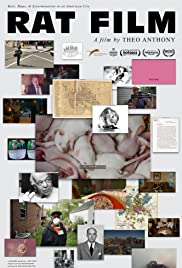
Across walls, fences, and alleys, rats not only expose our boundaries of separation but make homes in them. “Rat Film” is a feature-length documentary that uses the rat—as well as the humans that love them, live with them, and kill them–to explore the history of Baltimore.
You May Also Like
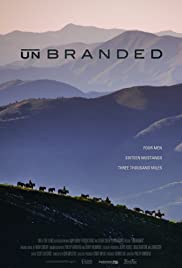
Documentary about four friends on a 3,000 mile journey across the American West on horseback.

Russian Federation, December 31, 1999. After President Boris Yeltsin’s unexpected resignation, Prime Minister Vladimir Putin becomes acting president of the country. From that day and for a year, Vitaly Mansky’s camera documented Putin’s rise to power. The story of a privileged witness. The harsh explanation of the reason why politics is the art of possibility of achieving the best with the support of many, but also of giving the worst in return.

“White Boy Rick”, as he was called, was a novelty: A white teenager seemingly running a major inner-city drug operation. In May of 1987, 17-year-old Richard Wershe Jr. was charged with a non-violent, juvenile drug offense. By the time of his arrest he was already a Detroit legend, frequently making front-page headlines and leading the local television news. In this film, gangsters, hit men, journalists and federal agents struggle to explain why he remains in prison at nearly 50 years old. The possible explanation is more stunning than the crimes Wershe was alleged to have committed.
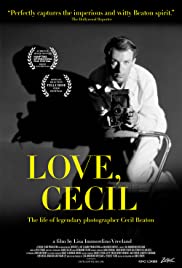
Lisa Immordino Vreeland directs this documentary about Academy Award-winning costume designer Cecil Beaton. A respected photographer, artist, and set designer, Beaton was best known for designing on award-winning films such as ‘Gigi’ (1958) and ‘My Fair Lady’ (1964). The film features archive footage and interviews with a number of models, artists, and filmmakers who worked closely with Beaton during his illustrious career.
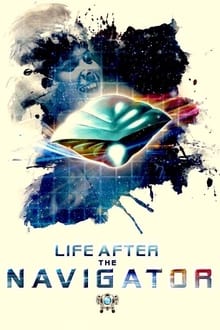
A feature that not only celebrates the 1986 classic “Flight of the Navigator”, but also looks at the life of its child star, Joey Cramer, and his roller-coaster life since that breakthrough role.
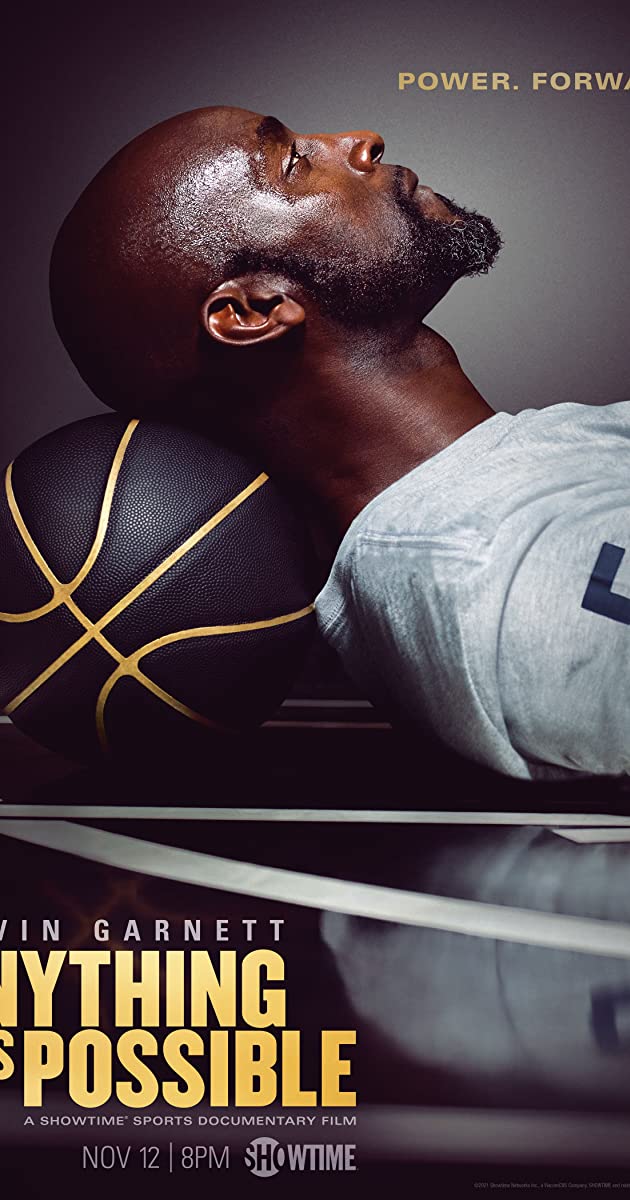
Follow Kevin Garnett’s remarkable career and the pivotal moments that defined it.
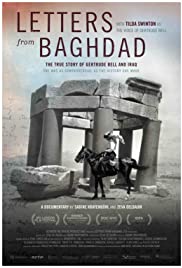
Gertrude Bell, the most powerful woman in the British Empire in her day, shaped the destiny of Iraq after WWI in ways that still reverberate today.

In the months following the terrorist attacks in Paris, the youth have seized the nights, looking for a sense of belonging in a world they have ceased to understand. Seeking to change the rules, led by new faces, driven by their values and ideals, they open a new dialogue, challenge the state and are getting ready for a new kind of revolution.
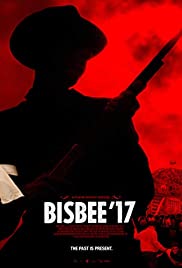
It’s 2017 in Bisbee, Arizona, an old copper-mining town just miles from the Mexican border. The town’s close-knit community prepares to commemorate the 100th anniversary of Bisbee’s darkest hour: the infamous Bisbee Deportation of 1917, during which 1,200 striking miners were violently taken from their homes, banished to the middle of the desert, and left to die. Townspeople confront this violent, misunderstood past by staging dramatic recreations of the escalating strike. These dramatized scenes are based on subjective versions of the story and “directed,” in a sense, by residents with conflicting views of the event. Deeply personal segments torn from family history build toward a massive restaging of the deportation itself on the exact day of its 100th anniversary.

Features interviews and personal archives from the life and career of NBA legend Bill Russell.

Danielle de Niese explores the lives and works of five female composers – from the Middle Ages to the late 20th century – who were famous in their lifetimes, but whose work was then forgotten. Western classical music has traditionally been seen as a procession of male geniuses, but the truth is that women have always composed. Hildegard of Bingen, Francesca Caccini, Clara Schumann, Florence Price and Elizabeth Maconchy – all these women battled to fulfill their ambitions and overcome the obstacles that society placed in their way. They then disappeared into obscurity, and only some have found recognition again.

Forty years ago, Wollongong’s Jobs for Women Campaign, with director Robynne Murphy among its leaders, took on Australia’s most powerful company BHP – and won. But when the 1980s steel slump devastated the city’s economy, the women were forced into the courtroom. Their struggle plays out against a background of societal changes: from anti-discrimination legislation, to the shifting roles of women in the home and workforce (particularly complex in Wollongong’s migrant, non-English speaking households). This fascinating account of the largely forgotten history of Australia’s Steel City was crafted over decades with support from local community volunteers and over 500 donors.